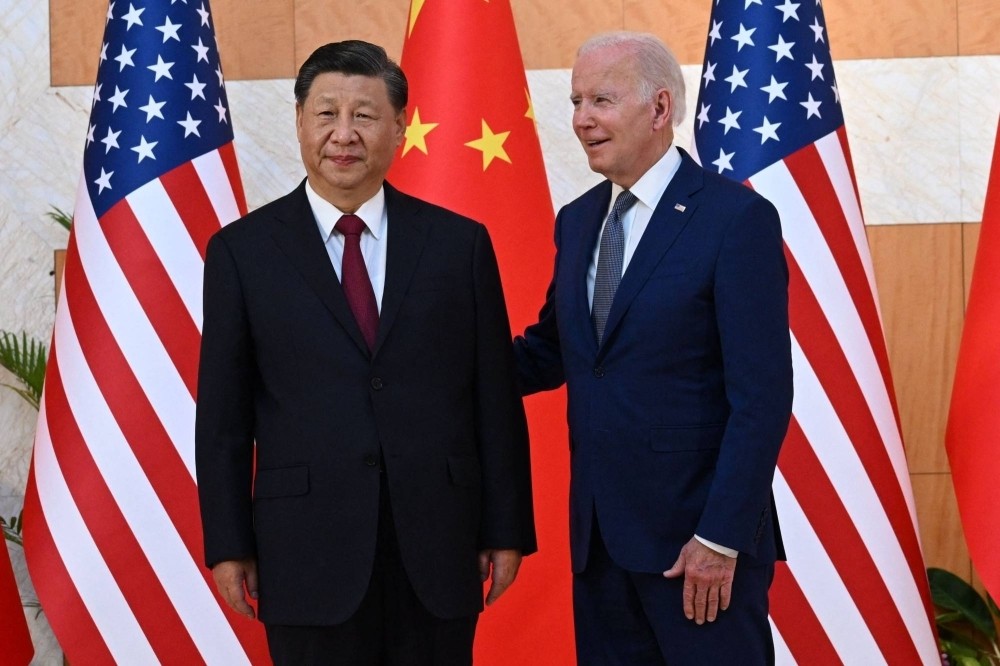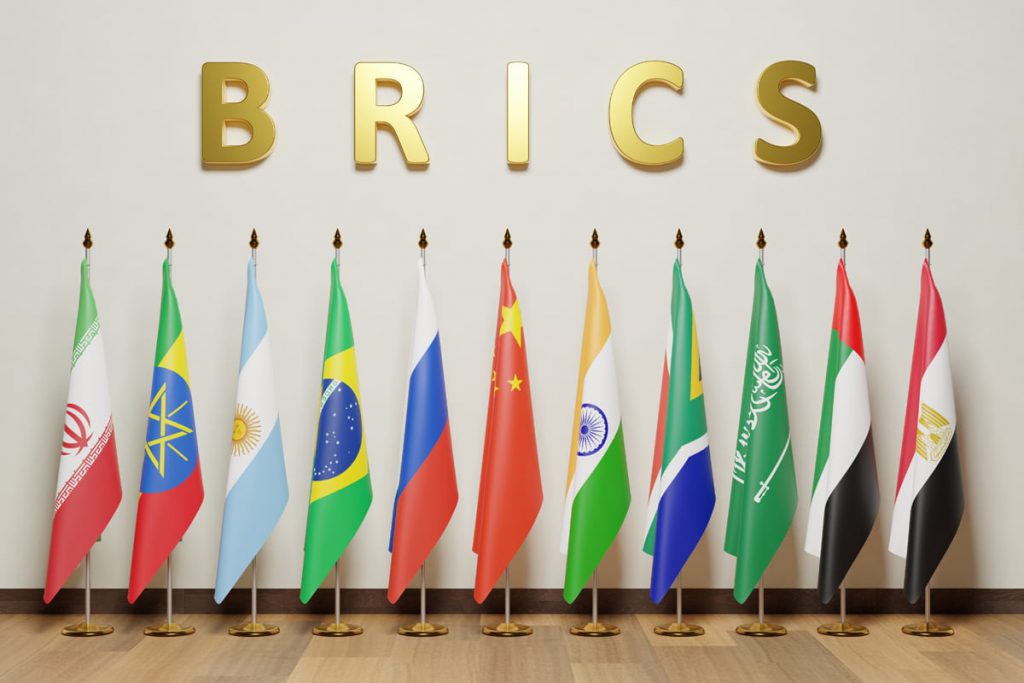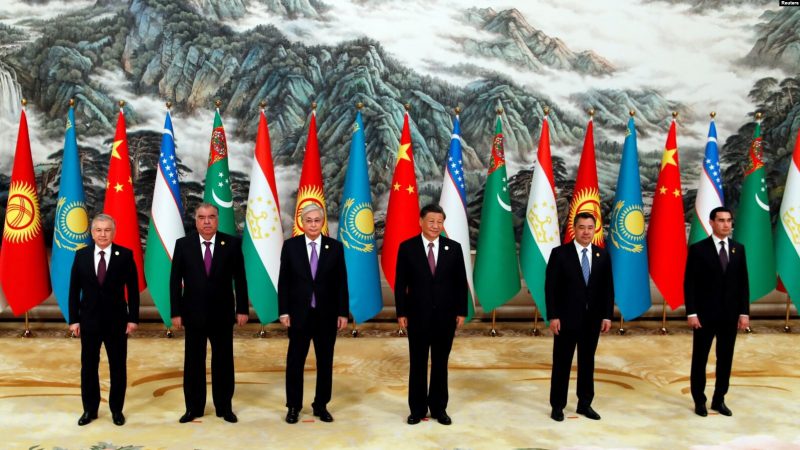In 2001, the BRIC phrase was coined to denote four emerging global economies. Indeed, at the time, economist Jim O’Neill predicted the bloc would dominate the global economy by 2050. Moreover, he identified that the alliance would be half the size of the G6 by 2015. Well, the BRICS alliance handily beat that original Goldman Sachs G7 forecast 10 years early.
Now in 2024, the alliance fared much better in competing with the G7 countries. Indeed, although the economic alliance does not yet lead the global economy, its GDP (PPP) has surpassed the Western collective. However, knowing how rapidly growth has propelled the bloc, what could be in store by the original predictions 2050 deadline?


Also Read: BRICS Countries Have Taken $45 Trillion in Investable Wealth
BRICS Alliance Beat Our Goldman Sachs Forecast, What it Means for 2050
Throughout 2023, the growth of the BRICS economic alliance was a dominate geopolitical development. Indeed, the bloc had seen its first expansion take place since it added South Africa in 2010. However, many overlook the fact that the alliance has been in existnece for over two decades. Moreover, they have long been predicted to usurp the Western-dominated global economy.
In 2001, Jim O’Neill was the first to coin the BRIC acronym. The term would come to define the developing economies of Brazil, Russia, India, and China. That statement would lead those countries to establish an official economic alliance centered on these growing economies. Not before long they would add, first South Africa, and five countries in a subsequent effort a decade later.
In that original plan, O’Neil predicted that BRIC would grow to be half the size of G6 nations by 2015. Since then, the BRICS economic ialliance has already beat out that original Goldman Sachs G7 forecast a whole decade earlier. So, what does that mean for the ultimate goal of global economic rule by 2050?


Also Read: BRICS: Egypt Officially Ditches US Dollar For Trade
Although, by 2024, the economic alliance has not yet surpassed the alliance. Moreover, by 2025, it sii predicted that the alliance would be 60% of the G7 countires. However, is that set to be the established pace for the foreseeable future? Additionally, could it surpass the G7 countries in 2050? Could it happen earlier?
The growth thus far has been connected primarily to the rapid growth of both India and China. Both countries had exceeded expectations of that growth in 2001, and that should continue. However, the alliance as a whole has note lived up to those expectations. Additionally, currency appreciation had long been a necessary quality of its supremacy.
Although that has not yet happened, it is likely to take place on the bloc’s current trajecotyr. THey have ben outspoken about their desire to lessen international reliance on the US Dollar. Moreover, they have embraced the continued usage of local currencices. That could set them up to meet uncharted territory in the following decade.





